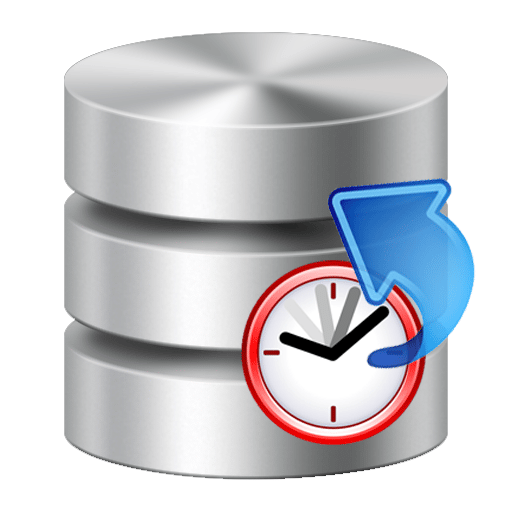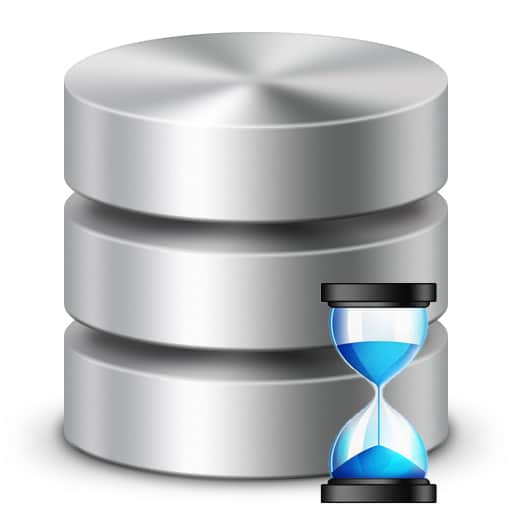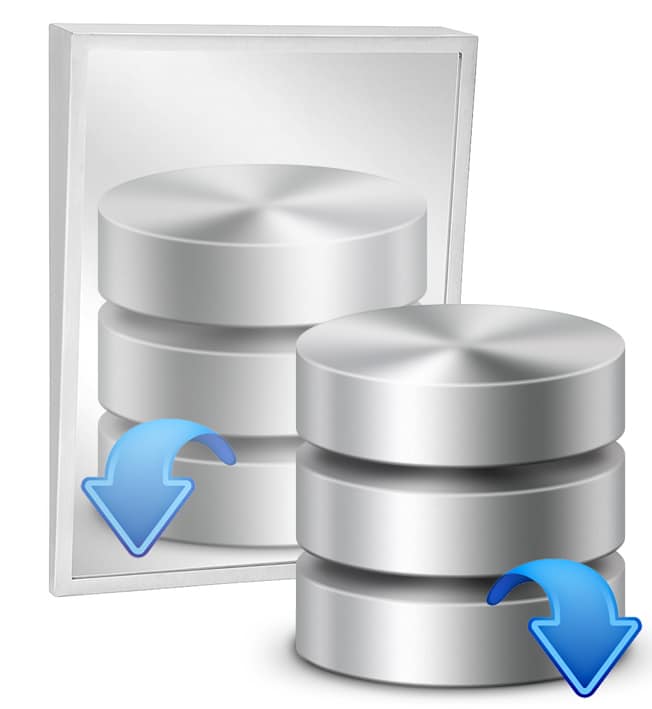There are multiple online solutions where you could store your SQL Server backups, but because there are so many you might not know which one to choose.
In this article, we will try to go over some of the most popular solutions in order to help you decide what is the best place to backup and store your most important data.








